1. Birth Control

Back in the ’50s, birth control wasn’t just controversial—it was downright scandalous. Even though the pill wasn’t approved until 1960, women were already quietly seeking ways to manage their fertility through diaphragms, spermicidal jellies, and rhythm methods. But these things weren’t openly discussed, even among friends says BuzzFeed. A woman caught carrying anything that hinted at birth control risked being labeled promiscuous or “unladylike.”
So, women got creative. They tucked items into false-bottomed compartments in their purses or wrapped them in tissue and slipped them into a makeup case. It was all about secrecy. For many, it was a matter of self-preservation, not shame—just trying to live life on their own terms without getting whispered about adds Scary Mommy.
2. Condoms

Carrying condoms in your purse as a woman during the ’50s? That was asking for raised eyebrows and whispered gossip. It didn’t matter that safe sex was just as important for women—if anything, it was even more so. But culturally, that kind of responsibility was supposed to be the man’s job. If a woman had her own stash, people jumped to conclusions says Collectors Weekly.
Still, some women did it anyway. They hid them in coin purses or tucked them between tampons. Some even used empty lipstick tubes or vitamin containers to stash them away. They weren’t trying to be rebellious—just practical in a world that expected them to be naïve.
3. Tampons
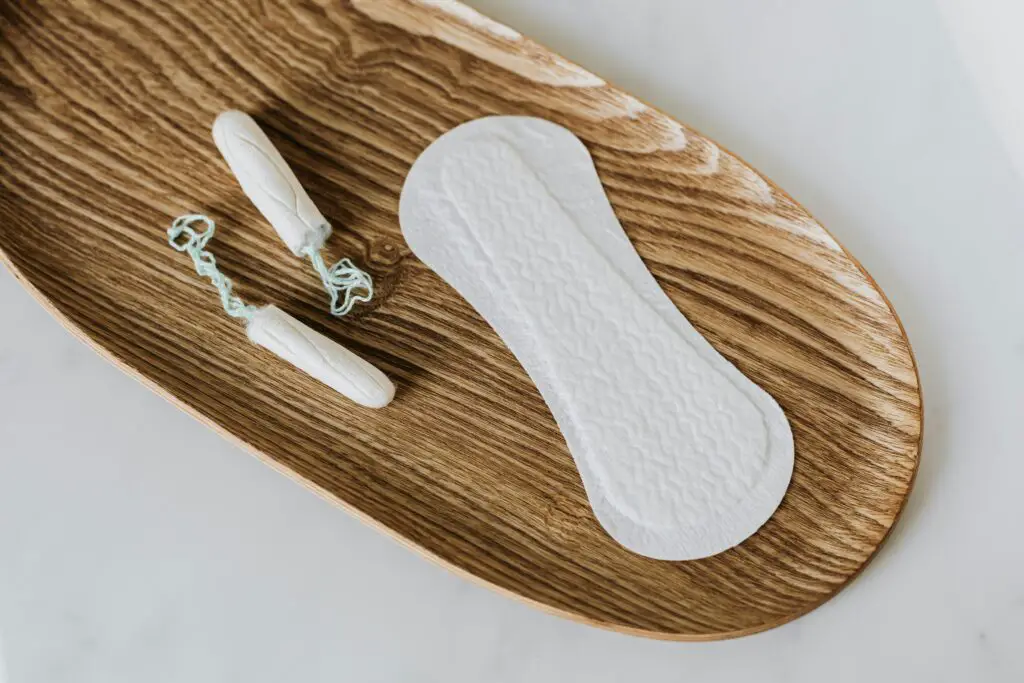
Today, we toss a box in the cart without a second thought. But in the ’50s, tampons were still a bit taboo—especially for unmarried women. Some doctors even discouraged their use, warning (incorrectly) that they could affect a girl’s virginity. So if you were carrying tampons, you sure didn’t wave them around says the Conversation.
Women often hid them deep inside their bags, sometimes wrapped in scarves or tucked into unused glasses cases. Pads were a little more accepted, but still not something you openly discussed. Everything about menstruation was supposed to be hush-hush. You dealt with it quietly, and God forbid one fell out of your purse at the wrong moment.
4. Cigarettes

You’d think smoking wouldn’t be an issue, considering how popular it was back then. But there was still a big difference between a man lighting up and a woman doing the same. Women smokers were often viewed as edgy, loose, or too independent for their own good. So some women who enjoyed a cigarette had to hide that habit.
Purses became the perfect smokescreen—no pun intended. Slim cigarette cases, mint tins, even glasses cases were used to tuck away a few cigarettes and a book of matches. Some women would only light up in private or with close friends. It wasn’t about shame—it was about avoiding the judgmental glances that always seemed to follow.
5. Money of Their Own

Even though women were perfectly capable of earning and managing money, it wasn’t always encouraged. A lot of husbands expected to handle all the finances, and a woman keeping her own cash could raise suspicions. It suggested she might be planning to leave, or worse, not completely trust her man. So for many, even carrying a bit of mad money had to be done on the sly.
Women would fold bills into their compact mirrors or hide them behind old receipts. It wasn’t always a lot—just enough for a cab ride, groceries, or a secret splurge. But it represented something bigger: a little sliver of freedom. And that was something a lot of women had to keep quiet about.
6. Keys to Their Own Place
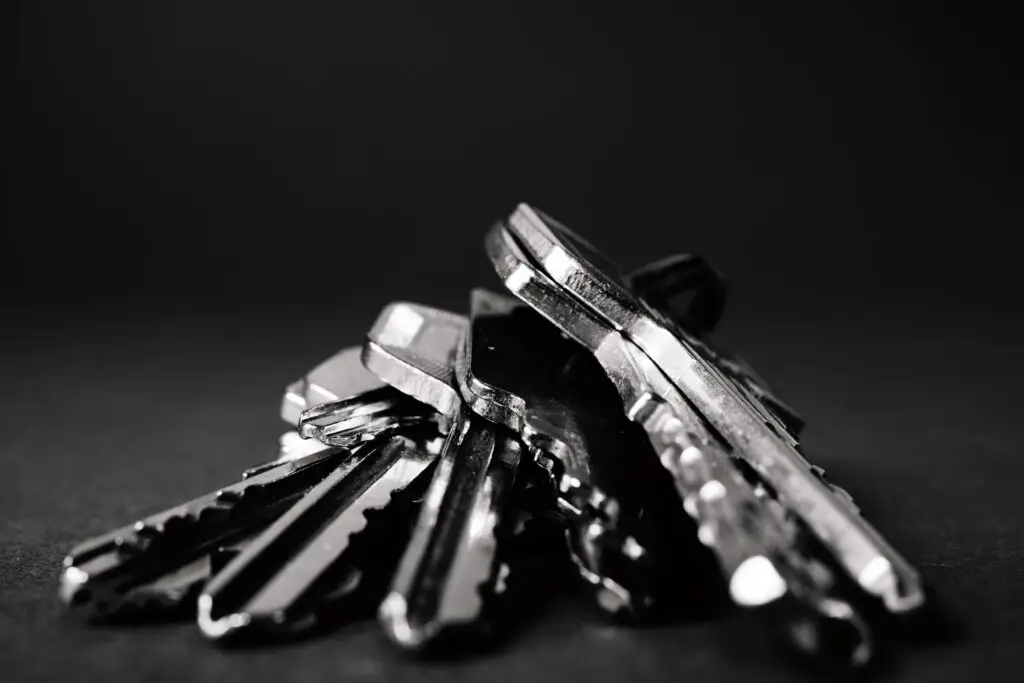
In the ’50s, if a woman had her own apartment, it wasn’t always seen as a sign of independence—it could be seen as suspicious. People assumed only certain “types” of women lived alone. Even for women with roommates, it wasn’t exactly a badge of honor to flaunt your own keychain. You were supposed to live with your parents or be married.
So women would carry their keys discreetly, maybe on a plain ring or tucked into a hidden pocket in their purse. Some even wrapped them in tissues or dropped them in with their makeup to avoid drawing attention. It seems silly now, but back then, a house key could speak volumes. And not always in a way you wanted it to.
7. Books Considered Too Risqué

While romance novels were technically allowed, anything too steamy or progressive could cause a stir. A woman caught reading a book with certain themes—independence, sexuality, or feminism—might be judged as “too modern.” Even books by authors like Simone de Beauvoir or anything hinting at psychology or women’s autonomy were often hidden.
Women got clever. They’d slip paperback covers into protective sleeves or sandwich their real read between a cookbook and a Bible. They weren’t trying to start a protest. They just wanted to read something that made them feel seen, without worrying what the neighbors would say.
8. Makeup for Touch-Ups
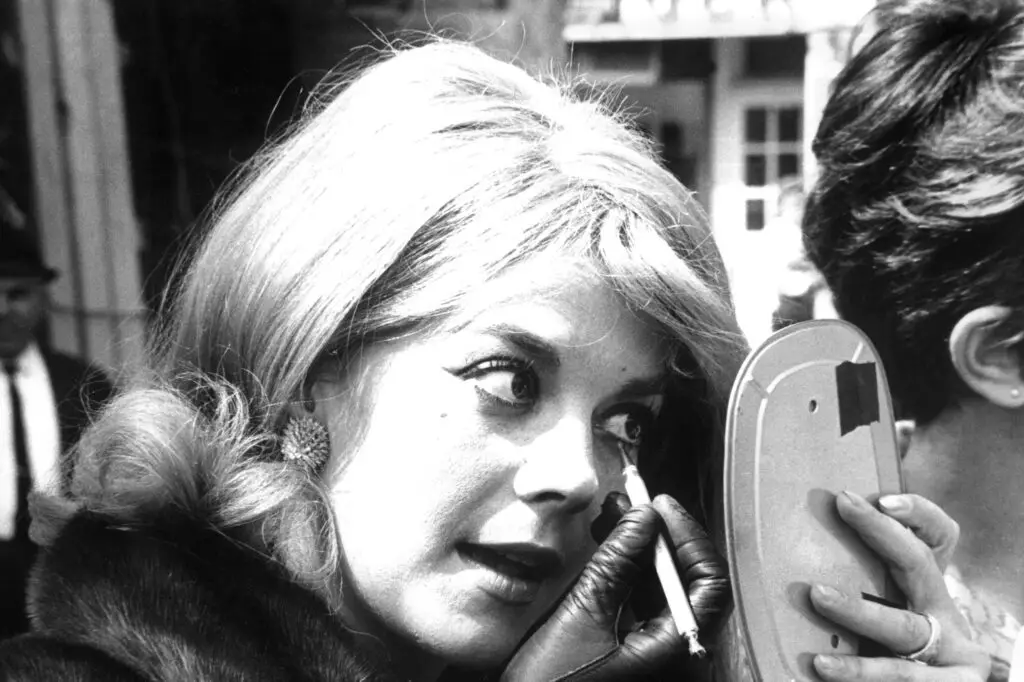
This one sounds odd now, considering how tied to femininity makeup was back then. But there were strict rules about how much was “too much.” A lady was expected to appear effortlessly pretty—God forbid anyone knew you used powder or lipstick to get there. So pulling out a compact or lipstick in public was frowned upon.
Most women still carried them, of course. But they’d do quick touch-ups in bathroom stalls or when no one was watching. Some even stored their makeup in hidden pouches or behind other items in their bags. It was about maintaining an illusion—that you woke up looking perfect, with no effort at all.
9. Love Letters from the “Wrong” Person

Whether it was a secret admirer, a forbidden romance, or someone who just wasn’t “approved” by family, love letters could be dangerous. In the ’50s, appearances mattered more than most feelings. A letter from someone of a different race, religion, or social class could cause a world of trouble. But love is love, and some women held on to those notes anyway.
They’d fold them into small squares and slip them inside old envelopes or tuck them behind wallet photos. Some even hid them in the lining of their purse or inside a compact mirror. These letters weren’t just romantic—they were rebellious in the quietest, most personal way. They were proof of feelings society said you shouldn’t have.
10. A Driver’s License

Believe it or not, some women had to downplay the fact that they could drive. Driving meant independence and mobility—two things that made some people uncomfortable. In many families, the man drove, and the woman rode along. So a woman carrying her own license, especially if she didn’t own a car, might keep it tucked away.
She’d hide it in the back of her wallet or between photos of her kids, if she had them. It wasn’t illegal—it just wasn’t “ideal” in the eyes of certain folks. For many women, it was a quiet little symbol of autonomy. And sometimes, the purse was the only place it felt safe.
11. Jewelry from a Secret Boyfriend
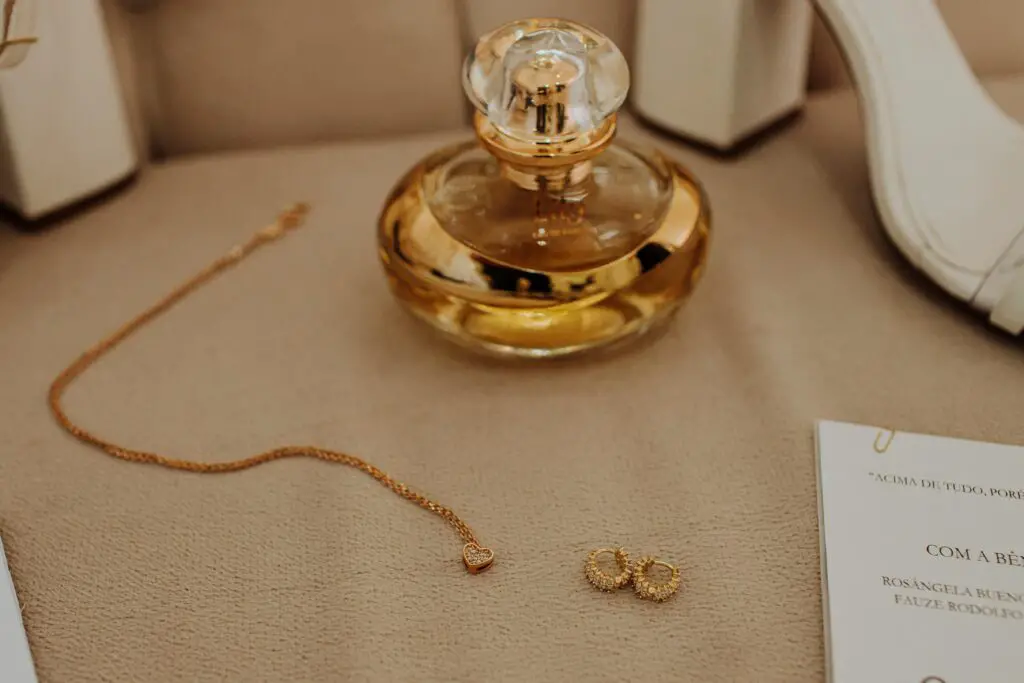
If a woman was seeing someone her parents or community didn’t approve of, even a small token could raise questions. A bracelet from the wrong guy or a locket with a hidden photo might have to stay out of sight. In the ’50s, dating wasn’t just about personal connection—it was often about status and expectations. So love had to stay under wraps.
Some women wore these pieces only in private. Others kept them in velvet pouches inside their purses, close enough to feel but hidden from view. It wasn’t just jewelry—it was a secret part of their lives. Something real in a world full of judgment and scrutiny.
12. A Flask
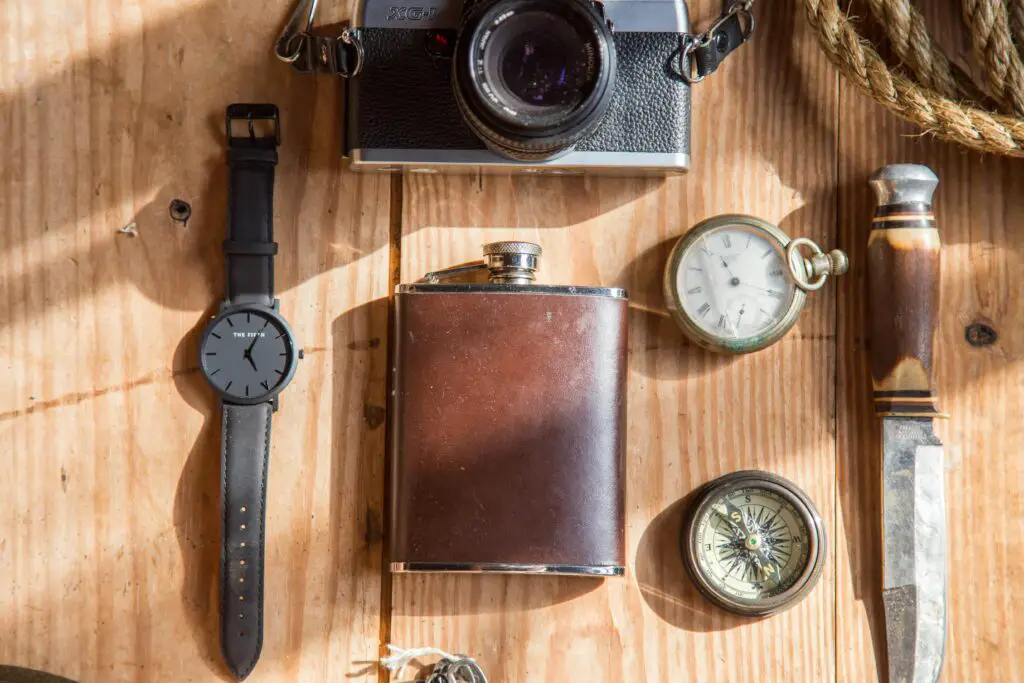
Women weren’t exactly encouraged to drink, especially not in public or alone. A little wine at a dinner party was fine, but carrying your own liquor? That was seen as a serious character flaw. But some women did it anyway—sometimes to loosen up at stuffy social events, sometimes just because they liked it.
They’d hide flasks in perfume bottles or old-fashioned lipstick cases. Others used those tiny silver ones made for slipping into evening bags. It wasn’t about overindulgence—it was about control. Owning your own choices, even if you had to keep them zipped up tight inside your purse.
